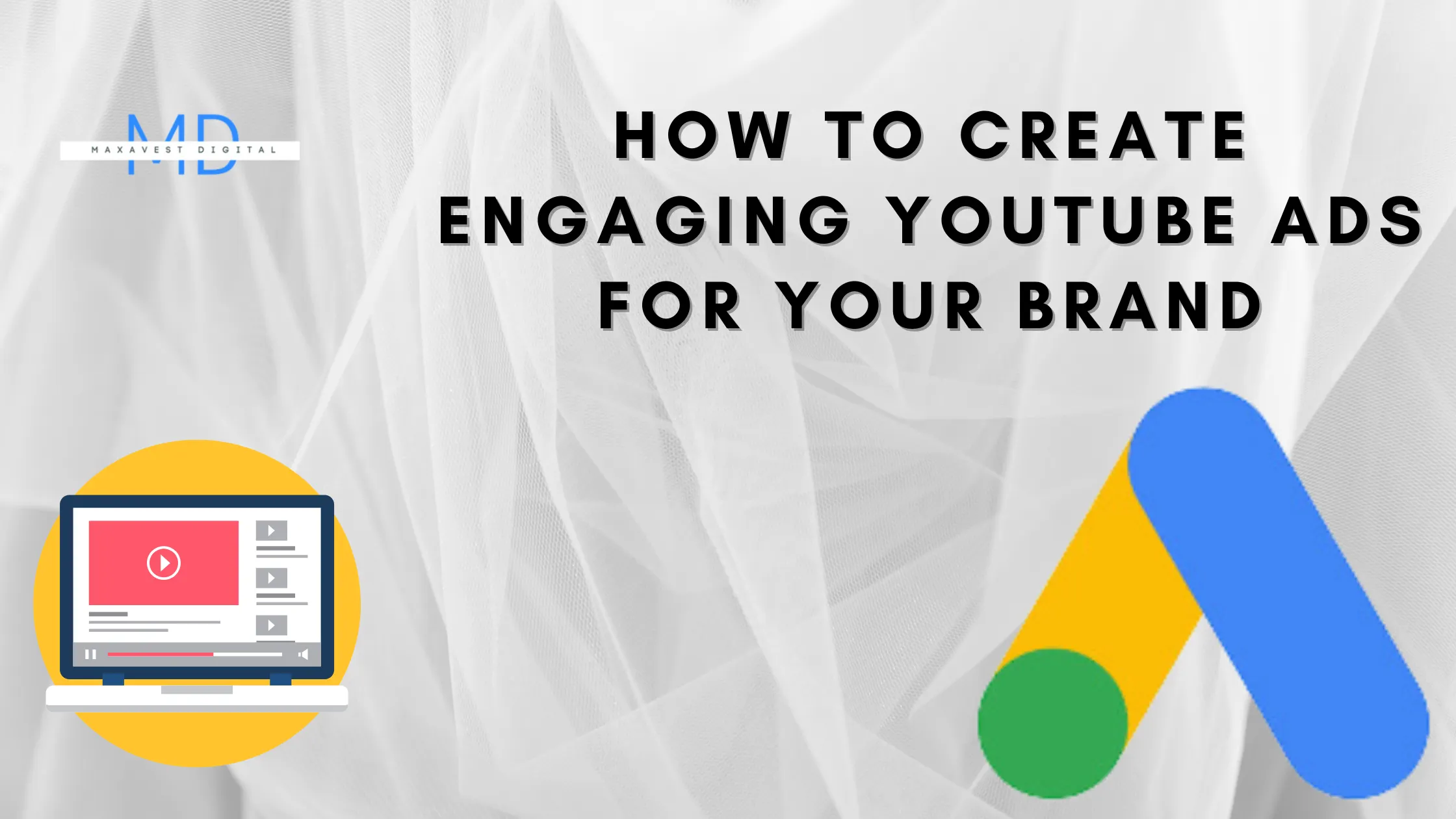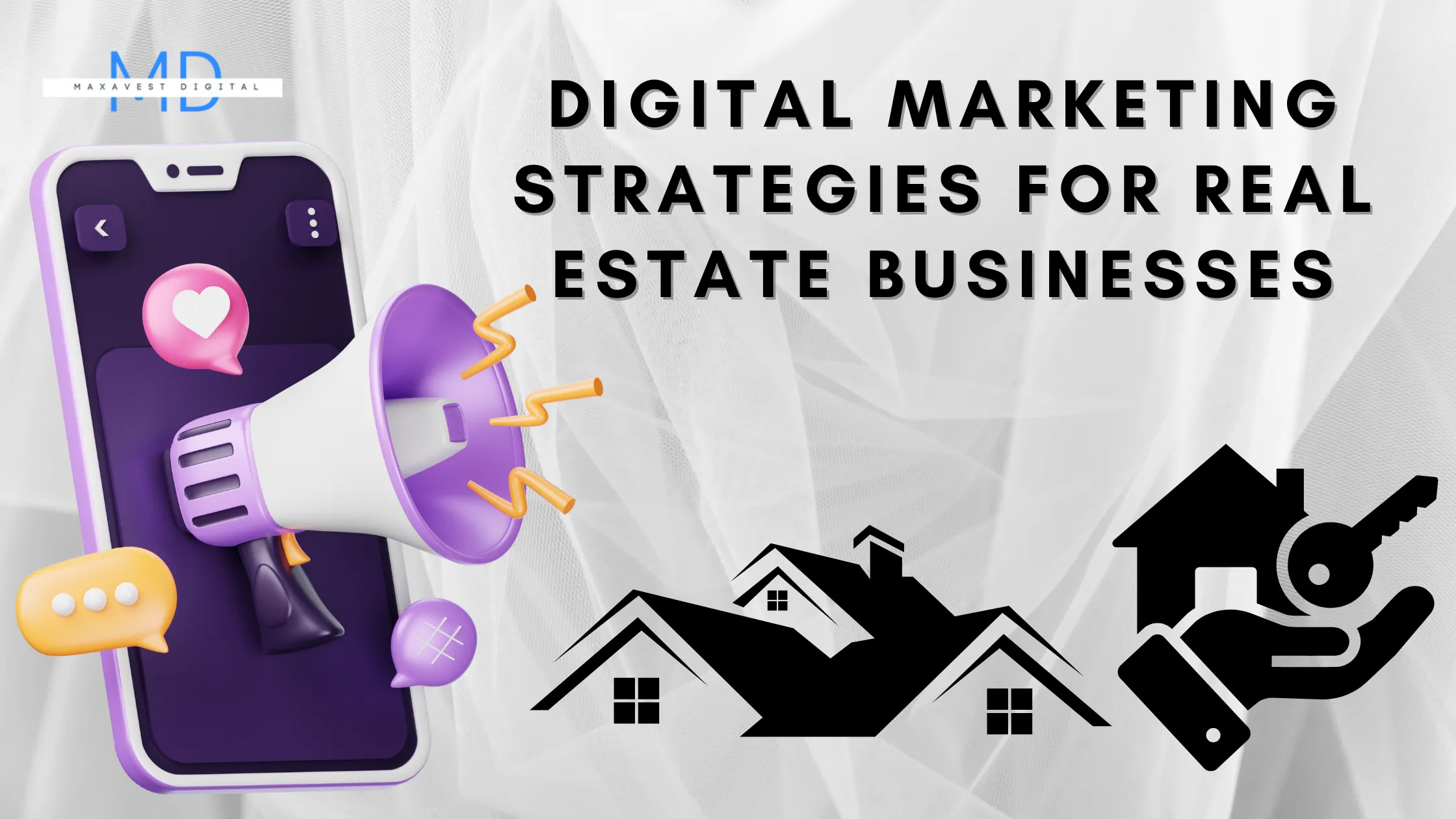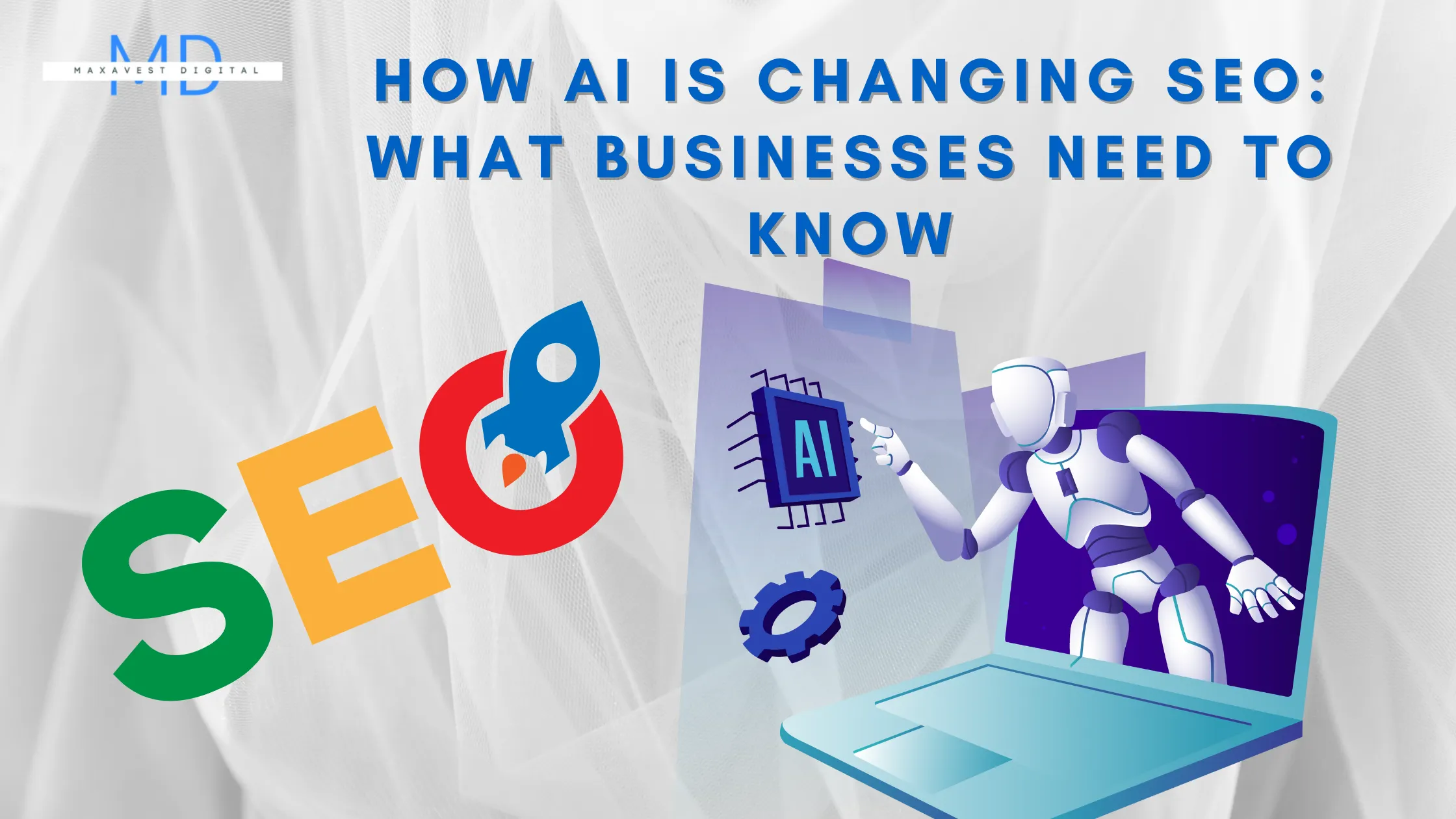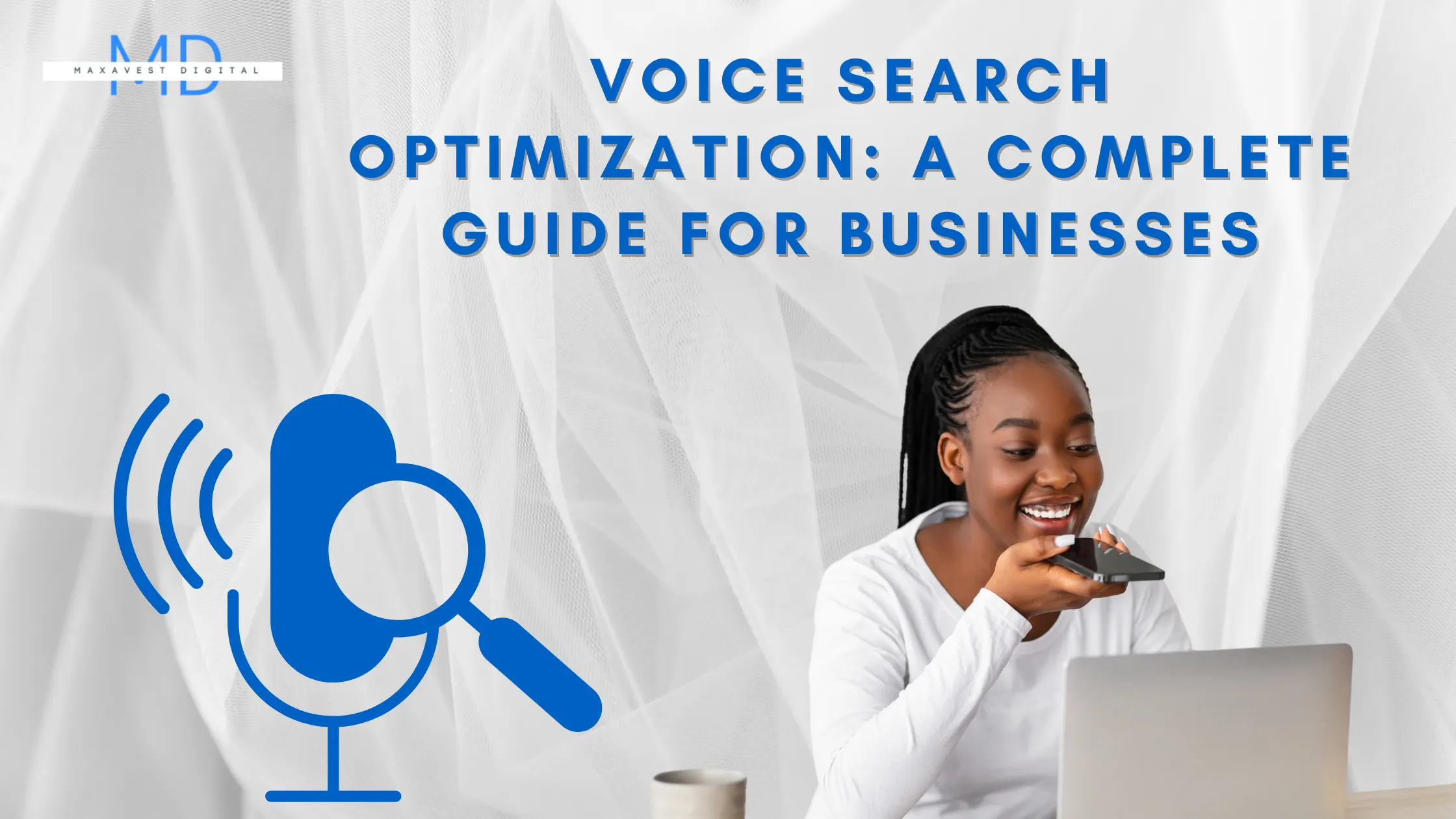What Is The Distinction Between SEO and SEM?
What Is The Distinction Between SEO and SEM?
Jul 17, 2022

The terminology we use as internet marketers has changed along with marketing. One of the terms in digital marketing that gets misconstrued is SEO and SEM.
Even worse, both phrases are frequently used synonymously.
It is crucial to realize the differences between the two terminologies and how they apply to different situations.
And that's why I'll be dispelling any myths and assisting you in better comprehending the distinction between search engine marketing and search engine optimization.
You can click here to learn more about our digital marketing training and how you can expand your business using the many digital tools. We have a course that covers SEM and SEO for novices.
The only distinction between SEO and SEM is that SEO is a component of search engine marketing or search marketing as it is more commonly known.
The goal of both procedures is to increase visibility in search results.
SEM goes beyond SEO, whereas SEO focuses on optimizing your website to improve rankings in search results.
It involves additional strategies, such as PPC (Pay Per Click) advertising, that can increase your search engine traffic.
Let's take a closer look at these two search engine phrases.
It's crucial to start with the definition of SEO when comparing SEO and SEM so that everyone can understand how the two differ from one another.
Describe SEO.
The technique of optimizing your website for search engines with the goal of receiving free, high-quality traffic is known as SEO.
The likelihood of ranking higher for relevant keywords in SERPS is increased when a website is optimized since search engine crawlers can more easily recognize it.
One thing is constant in the ever-evolving world of SEO: the three basic criteria that define your SEO efforts are SEO, which is made up of many smaller factors.
These three pillars are technical, on-page, and off-page activities.
The following are the components of technical SEO:
The effectiveness of search engine spiders' ability to crawl and index your website is the emphasis of this SEO factor.
The speed of your pages has been optimized to guarantee that they load quickly on computers and mobile devices.
proper permalink structure for URLs.
without spam.
On your website, fix broken links to prevent 404 error pages.
Maintain a functional XML sitemap to inform Google of website updates.
Mobile responsiveness is no longer an option.
One of the fundamental stages to appearing on any search engine is to add your website to webmasters or search consoles.
On-page SEO factor
This area of SEO is mostly focused on the website's content and how well it is optimized for the pertinent keyword. and how well it offers visitors a positive user experience.
Target keywords have been incorporated into optimized information, such as the page title tag, meta description, heading tags, and picture ALT tags.
Well-written, keyword-infused page copy that is optimized
straightforward, properly formed page URLs with targeted keywords.
It also integrates social sharing within your content.
This SEO factor focuses mostly on the inbound links that other websites send to your website. Natural links from reliable, pertinent websites serve as an impartial "vote of confidence" that increases search engines' trust in your website.
Constructing links to draw and acquire high-quality inbound links, also known as "backlinks,"
The majority of off-page SEO is made up of this.
Social indicators (e.g., increasing traffic to a website from social media sharing)
gaining popularity on social media bookmarking platforms such as Reddit, Digg, and Stumbleupon (although, not so effective anymore).
advantages of SEO
Higher Traffic: Ranking in these top positions can result in large traffic improvements for your website because the top positions on search engine result pages receive the majority of impressions and clicks.
The creation of useful and keyword-relevant title tags and meta descriptions, which appear on the result pages, is another focus of SEO.
Enhancing the click-through rate with optimized tags and descriptions encourages growth in qualified site traffic.
ROI: There are no reservations when it comes to SEO's ability to produce tangible and trackable outcomes, regardless of whether your website is an e-commerce site or not.
Nearly every element of an SEO agency's plan can be tracked, including improvements in traffic, rankings, and conversion rates.
The ability to drill down and view demographic data and other engagement metrics for users who have interacted with your website is another feature of comprehensive analytics.
For e-commerce websites, SEO companies can track the steps customers take to make a purchase, even down to the phrase they searched for you with before making a purchase.
For non-eCommerce sites, you can assign values to lead conversions, such as the completion of a "contact us" form, and determine the ROI of your SEO campaign that way.
Cost-effectiveness: Because SEO targets customers who are actively looking for your products and services online, it is one of the most economical marketing techniques. As compared to outbound tactics like cold calling, SEO is more cost-effective for businesses because it is inbound.
Cold calling is still a viable approach, but the leads it produces cost 61 per cent more than those from inbound tactics like SEO.
Additionally, SEO targets customers who are actively looking for goods and services similar to yours, so the traffic it generates is more qualified than that from many other marketing techniques, saving businesses money.
Site usability is improved as a result of SEO, which works to make your website easier for visitors to navigate as well as for search engines to crawl.
In order to make website pages easier to locate and browse, SEO involves reorganizing the site's architecture and links.
This makes it simpler for consumers to find information on your website as well as for search engines to crawl and find pages on your website.
Brand Awareness: Having your website in these top positions on the result pages leads to additional exposure for your website because top position rankings produce substantial impressions.
Additionally, ranking on the first page for your targeted keywords encourages visitors to trust your brand since people tend to view businesses on the first page as being more reliable.
More users are likely to notice your material and associate it with your brand if your pages and content consistently score well in search engine results.
In summary, a big component of SEO is producing worthwhile, high-quality material that your target audience will find helpful (such as blog posts and web page copy).
Over time, this leads to more opportunities for inbound links, more opportunities for conversions and purchases, and most crucially, more high-quality organic traffic to your website.
To make sure that your landing pages, web material, and blog posts are optimized for search, be sure to pay attention to these technical, on-page, and off-page strategies.
In one of my earlier posts, I described what SEO is and its significance. I've also listed the most crucial SEO advice and resources you'll need.
READ: Beginners' Guide To SEO: 4 Simple Tips To Rank On Google (Video Tutorial)
SEM (Search Engine Marketing)
The promotion of websites by improving their exposure in search engine results pages (SERPs) predominantly through paid advertising is referred to as search engine marketing (SEM), according to Wikipedia.
Search engine optimization (SEO), which modifies or rewrites website content and site architecture to attain a higher ranking in search engine results pages to improve pay-per-click (PPC) listings, may be included in search engine marketing (SEM).
For search engine marketing, the majority of search engines include an ad platform.
Google AdWords is the most well-known (and efficient) platform to employ. You can use the SEM platforms, Bing Ads and Yahoo Search Ads, as well.
While all SEM platforms use the pay-per-click (PPC) ad model, it's crucial to remember that not all PPC is SEM.
For instance, pay-per-click platforms like Facebook Ads and other social media ad platforms do not belong under the SEM umbrella.
Social media platforms offer your product to users who have the chance to be randomly perusing their feeds, as opposed to search advertisements, which show your adverts to users who are looking for similar material.
These two forms of web advertising are extremely dissimilar.
But...
Here are some SEM features and advantages since we will be concentrating on search engine marketing (search-based advertising).
The benefits of geotargeting in search engine marketing (SEM) You have the option to target searchers down to their city-level location, whether you want to reach potential customers close to home or halfway around the world (although that level of pay-per-click targeting works better in North America than other parts of the world). You can choose to target a region of interest or a radius around a zip code, metro area, state, or country.
Control: Platforms like Google AdWords and Bing Ads provide you incredible degrees of control over the sponsored search, allowing you to:
What search terms result in your ad?
The whereabouts of the searcher physically (geo-targeting mentioned above)
Date and time
weekday and/or season
Type of device (e.g., PC vs. phone and what kind of phone)
Network (e.g. Google only or its Search or Display Networks)
Ad placement and more
Pay Per Action: Because the most frequent form of ad purchase with sponsored search is that you only pay when someone clicks on your ad, paid search is frequently referred to as pay-per-click advertising.
Paid search traffic is often referred to as "doubly targeted" traffic because the user must:
Before opting to click on your ad because they believe it will contain the information they are looking for, type in a phrase relating to what you sell and carefully review all the information displayed on the screen.
Free Exposure: As a result of the pay per click model's requirement that you only pay when a user clicks on your advertisement, you are entitled to all subsequent views of your ad and brand name. This is only one of the many factors that make paid search so beneficial for branding campaigns.
Another advantage is:
raise the product's brand equity and awareness.
Traffic to the website increases as visibility increases.
Promote to people who are already interested in you.
growth in qualified leads.
Depending on their geography and language, target users with your adverts.
Advantage of competition: Marketers can influence people to choose their product over rivals'.
Paid search tactics are more effective than other advertising channels.
The fact that paid search engine marketing actually works is by far its most significant advantage for all the reasons mentioned above and more.
Because of this, American advertisers spend over $12 billion on sponsored search each year, with the top advertisers paying over $8 million alone on Google AdWords each month.
So…
What distinguishes SEO and SEM most significantly?
What are the key distinctions between SEO and SEM?
Search engine optimisation is merely a part of search engine marketing, which is the main distinction between these two concepts in digital marketing.
As was already established, SEM incorporates elements of paid search, such as PPC and SMM (social media marketing).
It's crucial to understand that despite the fact that SEO and SEM go hand in hand, they should never be used interchangeably.
Simply said;
based on the screenshots posted above...
Paying for SEM (Search Engine Marketing) results would indicate that it is ranking for relevant keywords (CPC bids).
SEO, on the other hand, is merely an SEM component that enables you to rank your content or website for the same term (FREE)!
For a conclusion,
I hope the explanations above have helped you grasp the differences between SEO and SEM.
Therefore, it can no longer be confused.
Perhaps,
SEM is a collection of advertising techniques that make your website more noticeable on search engine results pages (SERPs).
The process of making your company (website) visible and easily available on the Internet is aided by, among other things, Search Engine Optimization (SEO), Pay Per Click (PPC) advertising, and others.


























